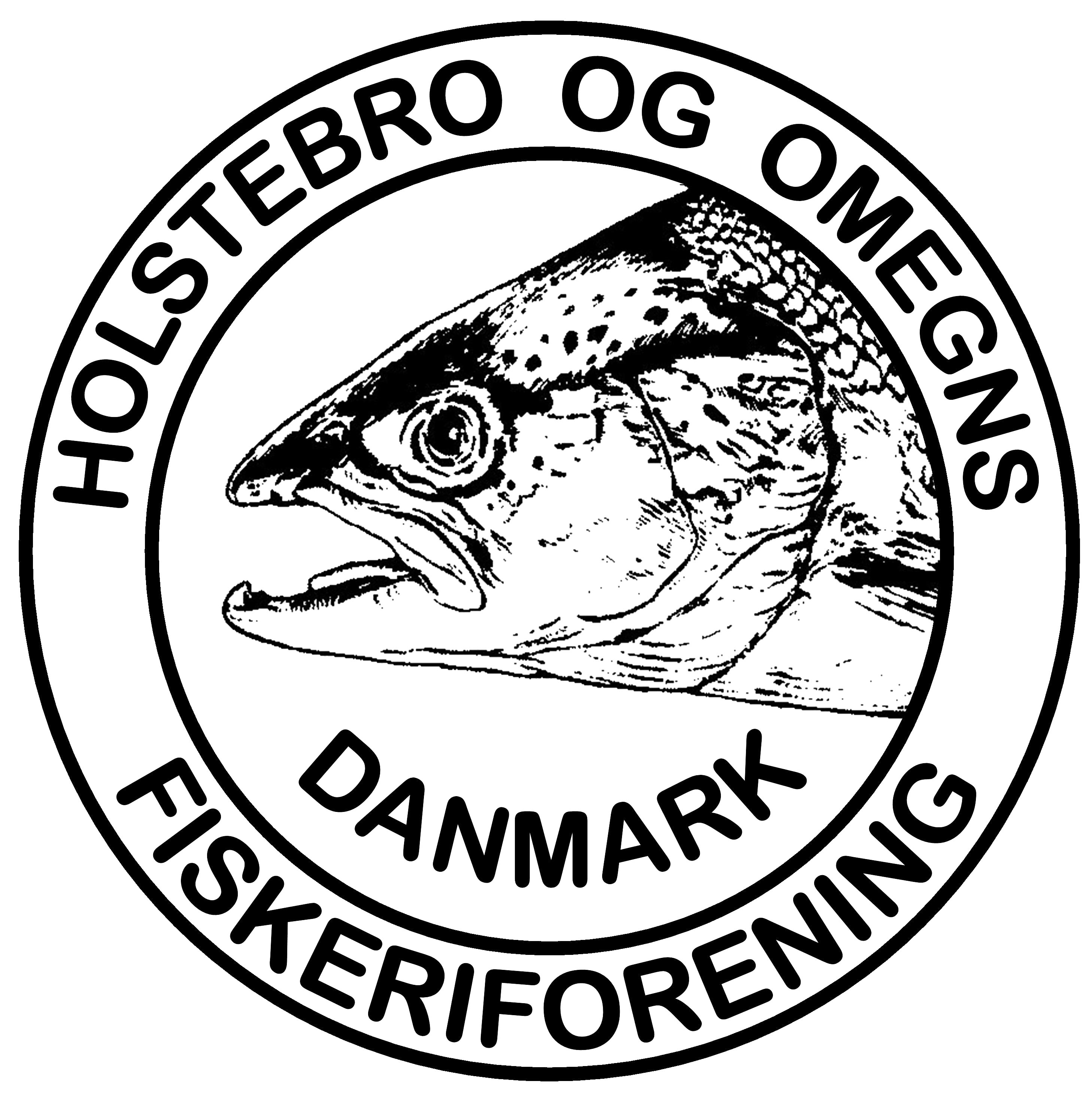The Holstebro og Omegns Fiskeriforening has dealt with water course management very early on and until now.
In the first several years, water course management consisted solely of the capture of mother fish and later the release of fry.
The association was one of the pioneers in this area. Electrofishing was carried out for the first time in HOF water under the direction of state biologist Knud Larsen.
Older members can tell about the incredibly tiring work of catching mother fish and not least the work of getting them transported from the river to the fish farm. Ingenuity was great to keep them alive. Eg. once had the unpleasent job of pumping oxygen to the fish with a bicycle pump while he sat in the back of a truck all the way to Holstebro.
Later, it was documented that effective fish care should be based on water course restoration and the laying out of spawning gravel.
The first laying of spawning gravel had a bit of a haphazard feel, but gradually the collaboration with Holstebro Municipality became more formalized.
Today, most laying of spawning gravel takes place under the auspices of Sammenslutningen ved Storå and in close cooperation with both Holstebro and Herning Municipality.
DTU Aqua provides professional advice.
The lot owners are always involved in the projects, and they have a positive attitude.
The water course improvements stand on 2 legs.
There are very large projects in the main run, where several hundred cubic meters of gravel are laid out on a single spawning area. These are usually used by salmon. During the insects' hatching season, there are often many swallows around these areas, so they mean something not only to the fish but also to insects and birds.
In the smaller and very small streams, the spawning areas are adapted to the size of the streams. On the other hand, several can often be made in continuation of each other.


Depending on the size of the stream, they are used either by salmon, salmon and trout, or trout alone.
New studies have shown that salmon fry can move upstream to the small areas that are otherwise used only by trout. The salmon fry use them for part of their growth, even if they are not hatched on the area but further downstream.
Water course restauration costs a lot of money. Funding comes from various sources. The municipalities have projects that they pay for, but sometimes it is desirable and possible for the Holstebro og Omegns Fiskeriforening or Sammenslutningen ved Storå to link up with a municipal project so that it can be better or bigger.
The Fish Care programme of the Ministry of Fisheries provide subsidies for stream projects according to detailed rules, and last but not least, the vast majority of the member fees that members of the Sammenslutningen ved Storå pay goes to water course management. Some of the members supplement the member fees with additional contributions.
In HOF, part of the member fee is earmarked for water course management, so that all members contribute to water course restoring.
In this way, the HOF is able to spend a good amount of money each year for water course improvements.
To ensure the quality of the water course restoring, a population analysis is carried out prior to the work.
The following year, an impact analysis is carried out, and each time it has been shown that there are far more fry in the habitat than before.
Read a detailed review in Danish of the construction of an spawn area here:
http://www.svstoraa.dk/forside/vandpleje/om-vandpleje
